Following almost two decades of sluggish growth, the government has unleashed a series of ambitious plans to kickstart the UK economy. Let’s take a look at them.
Removing Handbrakes

The credit crunch, austerity, Brexit, and lockdowns have all contributed to the UK’s sluggish growth over the past 16 years.
Heavy Household Costs
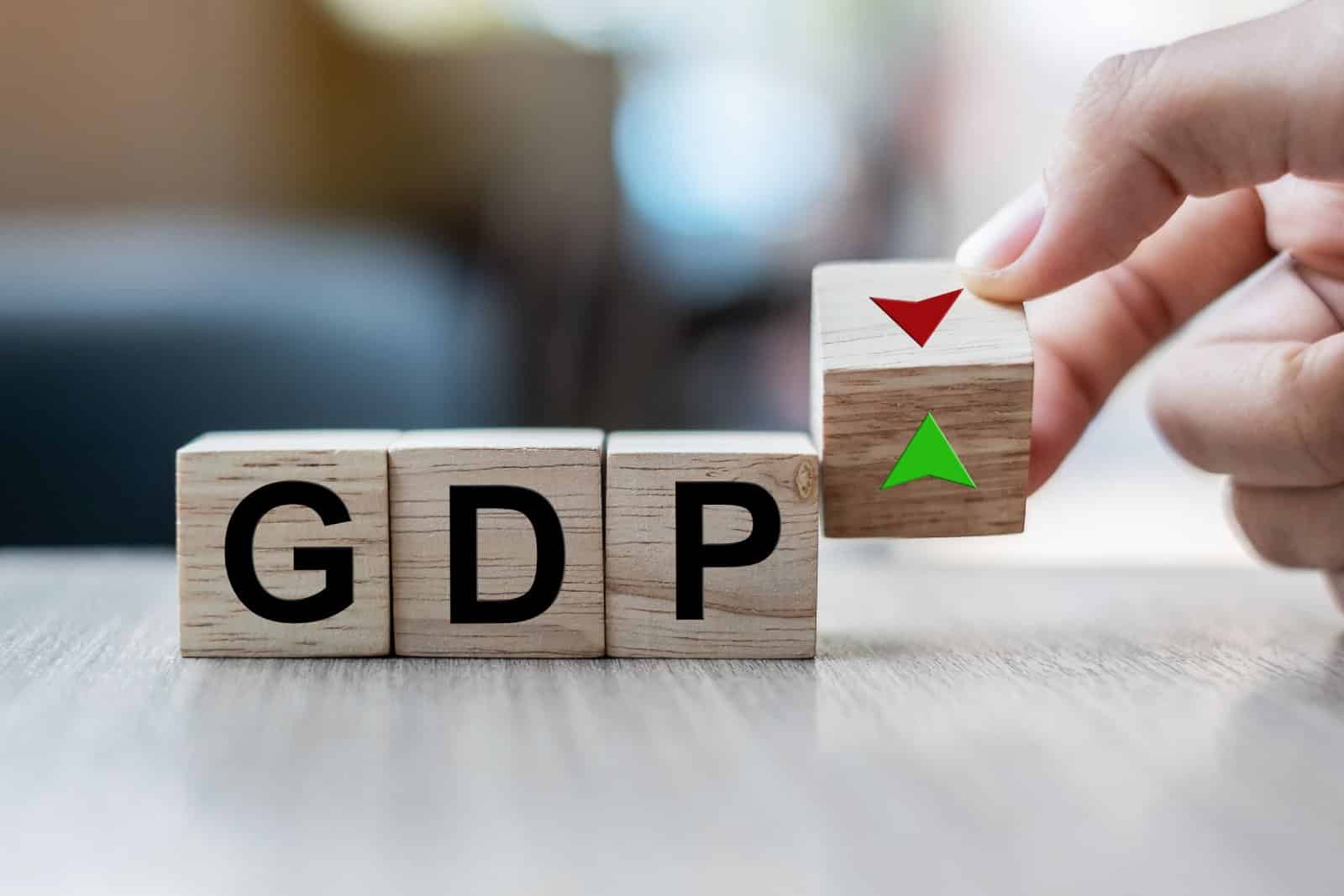
The Office of Budget Responsibility (OBR) said that austerity reduced GDP by around £3000-£4000 per household throughout the parliament.
Lack of Investment in Public Services

Austerity reduced investment in public services. This underfunding hurt the economy directly because it was a simple cut in money spent on wages, maintenance, and delivery.
Indirect Hurt

Indirectly, it hurt because it left services underfunded and needing extra investment later. The lasting hurt of austerity is still present today.
Brexit Made Things Much Worse

Research by the Centre for European Reform suggests the UK economy is a whopping 2.5% smaller than it would have been if we had stayed in the EU.
Reduced Inward Investment

Brexit slowed the inward investment into the UK economy, which cut growth off at the knees. It’s slowly returning, but we’ve missed almost a decade of investment.
Trade More Difficult

Leaving the single market made access far more complex. It reduced trade between the UK and EU, which hasn’t fully recovered.
Lower Trade, Less Tax

The knock-on effect for the exchequer is that the less money UK businesses make from trade, the lower the tax payments to the UK government are.
UK Economy Struggling
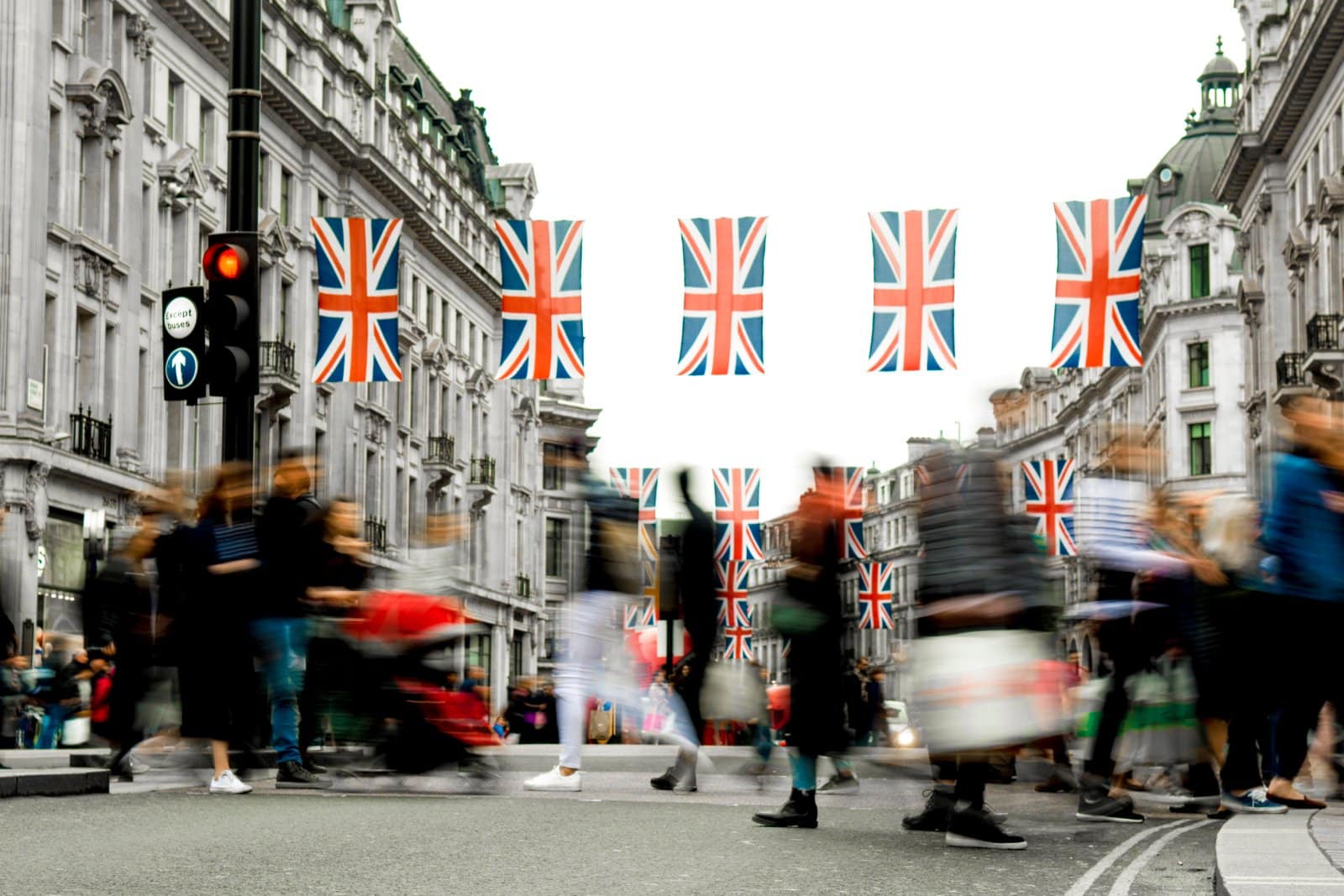
The UK economy is only 1.8% larger than before the pandemic, representing the second slowest growth in the G7.
High Tax Burden
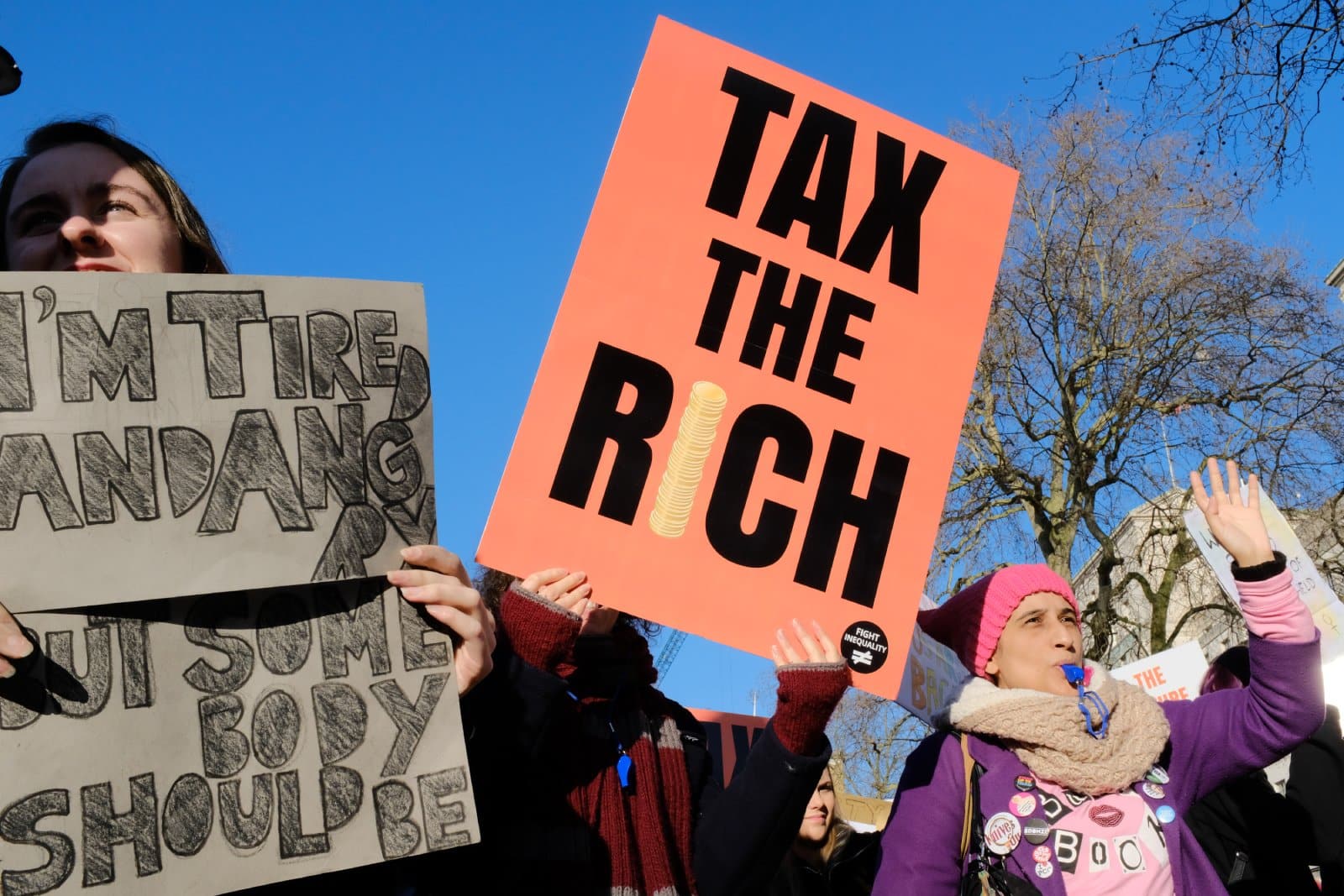
Under the Tories, record government borrowing, national debt, and economic mismanagement led to the highest peacetime taxes ever.
High Taxes, Slow Economy

In the UK, we have a service-based economy. If people are more heavily taxed, they have less money to spend, which shrinks the economy.
Labour’s Ambitious Growth Plans
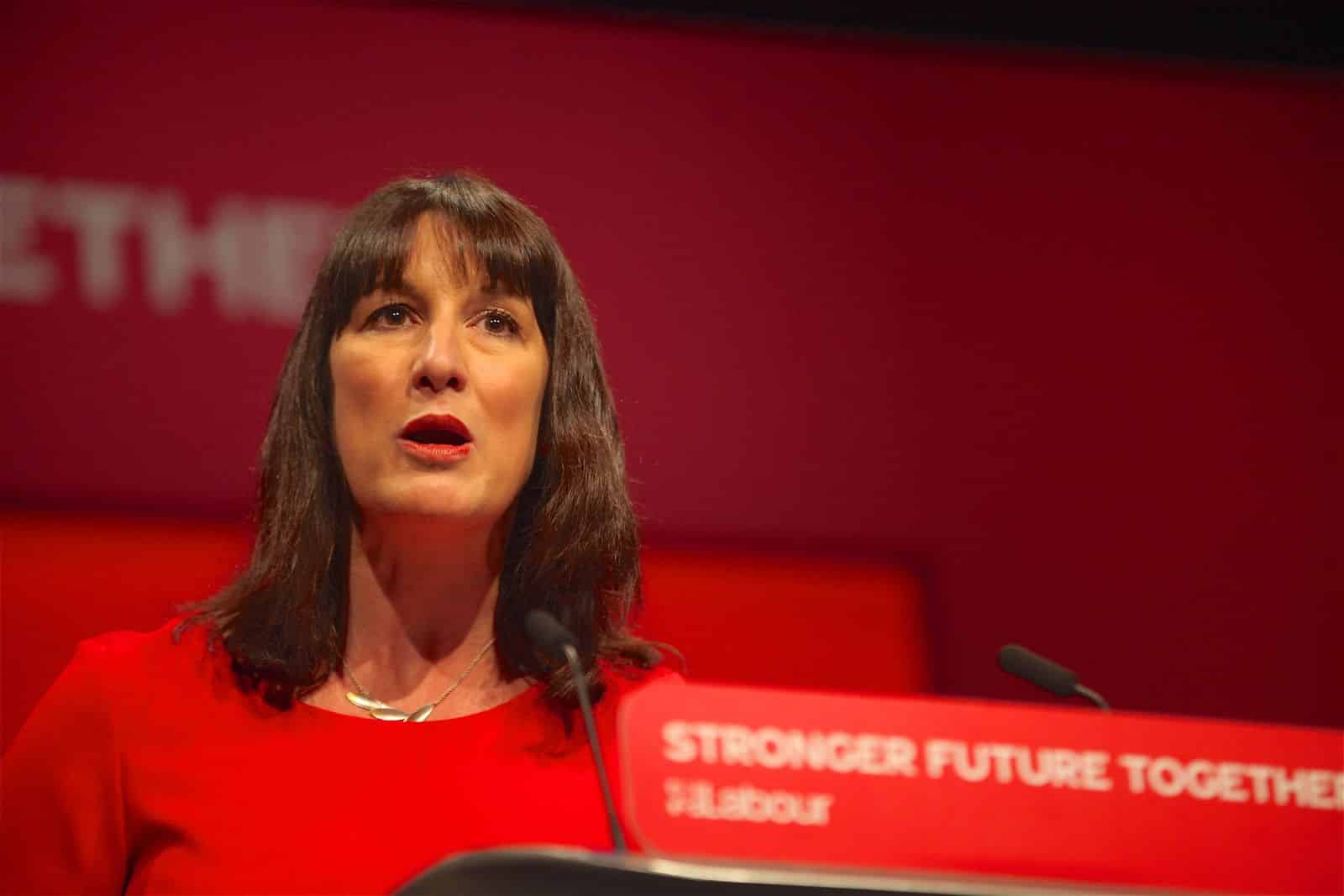
Chancellor Rachel Reeves has said that she wants to grow the economy but isn’t willing to increase taxes on the population.
Get Britain Building

Planning reform has allowed the building of new homes, a major step in unlocking the investment needed in the UK.
Jobs and Sales

Large-scale house-building projects create thousands of jobs. Architects, tradesmen, plant hires, materials, estate agents, conveyancers, etc., are all involved.
Makes Home Ownership Easier

The other trade-off is that it allows the millions of people who have been priced out of the housing market to own their own homes as prices come down.
National Wealth Fund
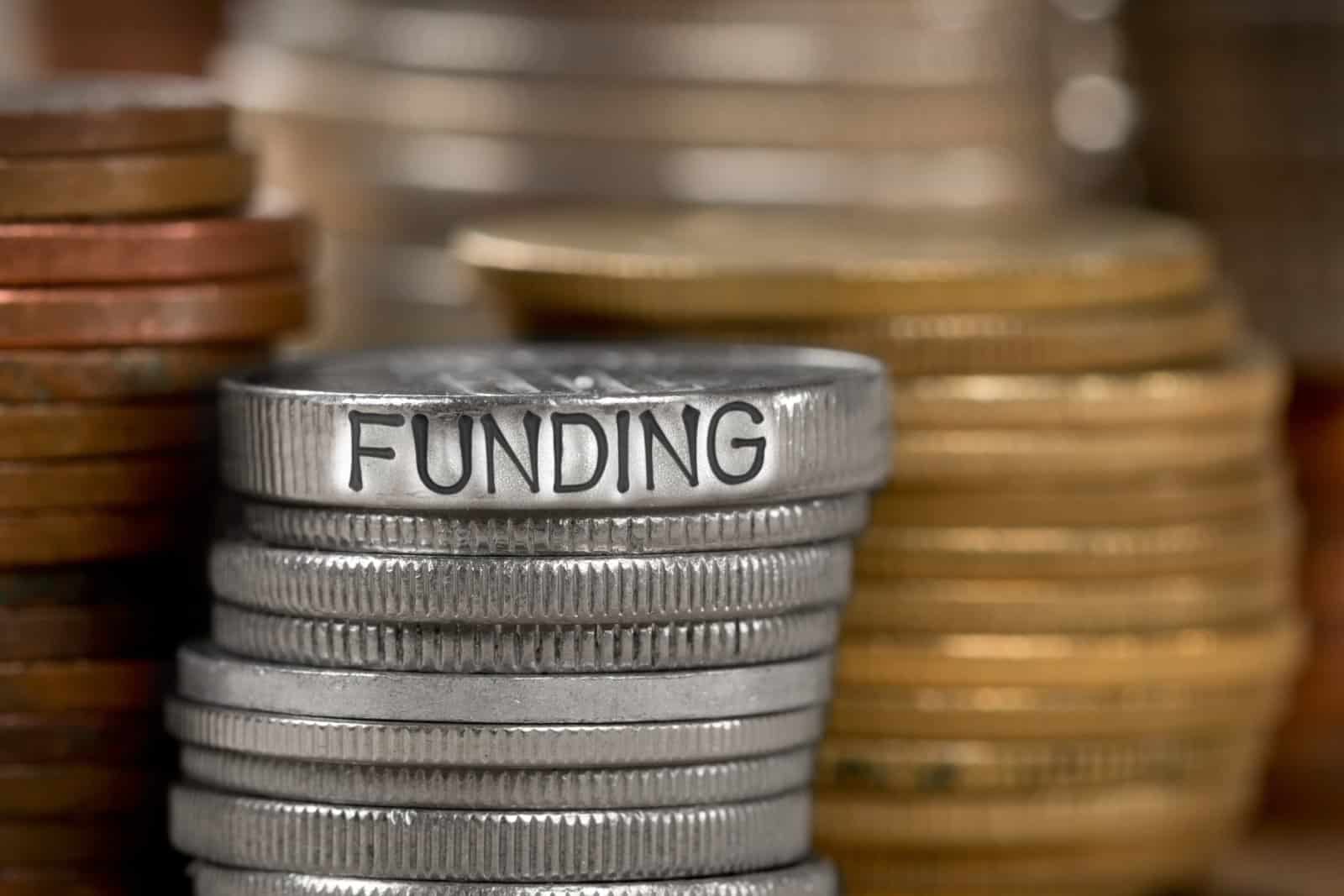
The establishment of a national wealth fund will allow the government to invest in businesses backed not only by the taxpayer but also by private investment. It can give people and projects faster, cheaper and easier access to capital.
Green Energy Plan

The proposal to invest heavily in green energy is a great long-term project. In the short term, it creates many high-skilled jobs. In the medium term, it makes us energy-independent. In the long term, it reduces energy costs.
Energy Bills Will Reduce

Energy costs have been a huge issue in the UK for years. Bills have soared, hurting household finances. An end to that would be welcome.
Proper Plans, Not Vanity Projects

The good news is that these plans are sensible, affordable, and needed. Investment in energy infrastructure and housing are two great steps to improving the economy and making household finances more comfortable.
Exciting Times for the UK Economy

These plans outline something the country has desperately needed for years – a serious plan for investment and growth.
Featured Image Credit: Shutterstock / ComposedPix.

